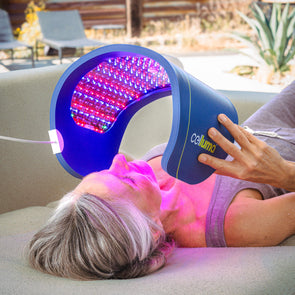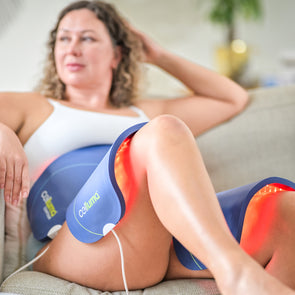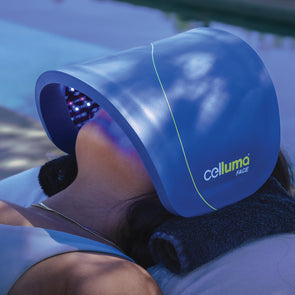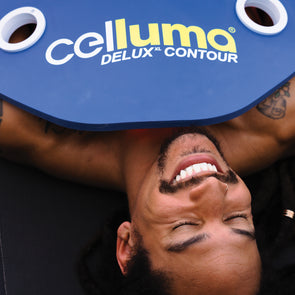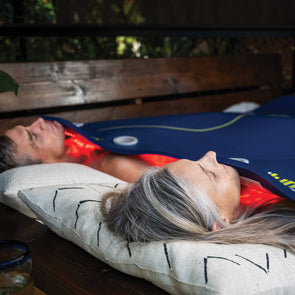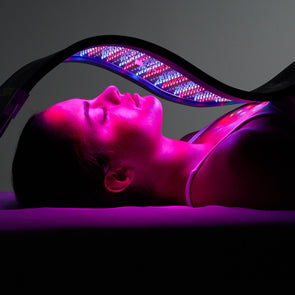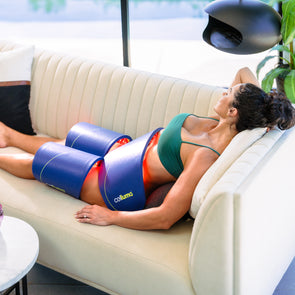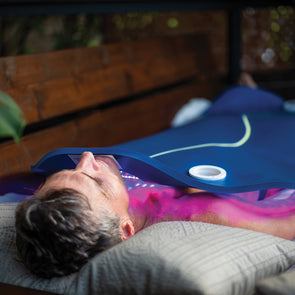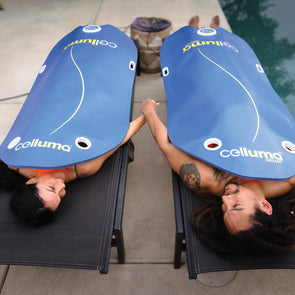Red Light Therapy and the Rush to Market of Unproven LED Devices

In 2016, the Food and Drug Administration (FDA) published a list of class II Product Codes it was proposing to exempt from premarket notification requirements under the Food and Drug Administration Modernization Act of 1997 (FDAMA) and the 21st Century Cures Act of 2016 (Cures Act). Given the low-risk nature of the devices included in these Product Codes, the FDA believed that these exemptions would relieve manufacturers from the need to submit premarket notification submissions for these devices and would enable the FDA to redirect the resources that would be spent on reviewing such submissions to more significant public health issues. FDA took this action in order to meet requirements of FDAMA and the Cures Act.
Included in this list of Product Codes was ILY: Lamp, Infrared, Therapeutic Heating, which is the Product Code the Agency used to review LED Light Therapy devices for treating pain, specifically devices that emit energy in the red light and infrared light for the purposes of elevating tissue temperature; for temporary relief / reduction of minor muscular pain, minor muscular back pain and minor joint pain and stiffness. Collectively known as Red Light Therapy or LED Red Light Therapy
In response to the Agency’s request for public comments on the proposed 510(k) exemption of the ILY Product Code, which was used to review Red Light Therapy devices, BioPhotas (the manufacturer of the Celluma SERIES of LED blue, red and near-infrared devices), formally submitted the following letter to the Agency
“We are writing to comment on the FDA’s proposal to exempt product code ILY from premarket notification requirements. The product code ILY, Lamp, infrared, therapeutic heating is defined as devices emitting infrared frequencies 400-50,000 nm to provide topical heating. However, this category has become a catch-all for a large variety of devices, including LASERs (up to class 3), and LED devices which treat a variety of pain indications, collectively LED light therapy.
We have two concerns about this product classification being exempt from the premarket notification requirements. First, we have safety concerns. Class 3 lasers carry significant risks, including possible eye and skin damage. By exempting these devices from premarket notification, there would be a potentially large increase in patient injuries. (Reference K142722 and K141861 as examples) Exempting this product code could result in devices reaching the market that would pose a serious risk to users.
Secondly, we have efficacy concerns. While it is easy to manufacture a red light therapy device in this product category that mimics efficacious technology, that doesn’t necessarily mean that the device is practicing good science and therefore actually be efficacious. Red light LED devices come in a broad range of technical characteristics and exempting this product code from premarket notification requirements could result in a flood of devices entering the market that look like they should be safe and efficacious but are not. As a manufacturer of phototherapy devices cleared under multiple product codes, including ILY, we are acutely aware of other manufacturers of LED light therapy devices, cleared under the ILY product code, who use the clearance to make adulterated marketing claims about their devices, advertising them for a wide range of indications without additional 510k clearances and/or clinical data to support their claims. Not requiring these manufactures to prove efficacy of their products could potentially expose the public to such devices and would surely open a floodgate of unsubstantiated and clinically unsubstantiated claims.
It’s no secret that as a low-risk product code, the Agency’s enforcement arm pays less attention to such devices, focusing in devices that pose a greater risk to the public. Exempting the product code ILY from premarket notification requirements would result in no FDA Agency oversight whatsoever of devices that otherwise would be subject to Agency review. Again, we believe this could result in a rush of non-efficacious and unsafe devices entering the market. From our perspective as a LED device manufacturer, all of those concerned would be better served if the Agency created a product category specifically for phototherapy devices that emit energy in the 400 nm and 1,200 nm wavelength range. Short of that, I would strongly oppose that the product code ILY be exempted from premarket notification.”
Despite our strong opposition to the exemption, the Agency went ahead with its plans and as predicted, there was a rush to market of a host of red light LED devices, using the exemption of regulatory cover to claim their red light devices were “FDA Approved” as the ILY Product Category was now 510(k), which is not accurate, and making all sorts of clinical claims far beyond those previous reviewed and “cleared” in the ILY product category. Essentially, new arrivals to the LED red light therapy market were using the exemption of the ILY product category as a free get out of jail ticket to make outrageous clinical claims about unproven and non-reviewed red light therapy devices.
Exposure to red light has been scientifically shown and is understood by consumers to affect skin structure, for example by reducing wrinkles for months after treatment, which may be the result of new collagen formation or reorganization, or repair of elastin damage. In addition, a variety of clinical indications-for-use have been reviewed and cleared by the FDA for red light devices, including:
- Reversal of sun or UV damage to skin,
- wound healing,
- increased blood flow/circulation,
- reduced pain and/or inflammation,
- treatment of acne,
- reduction of appearance of wrinkles, pigmentation spots, stretch marks, and/or scarring,
- skin rejuvenation, restoration, oxygenation, and/or hydration,
- collagen/elastin production/reorganization, and
- skin structure, elasticity, and/or metabolism.
Red light devices intended for uses such as those listed above would not fall under 21 CFR 878.4635, and would not be 510(k)-exempt (they also would not fall under 21 CFR 1040.20, but would be subject to the regulations generally applicable to electronic products as parts 1000 - 1005). Unless and until such a device receives 510(k) clearance or premarket approval from the FDA, it would be an adulterated and misbranded device that should not be marketed for sale.
If the FDA Agency’s product review divisions are not going to subject red light devices to the scrutiny of the 510(k) review process, then the enforcement arm of the Agency needs to step-up and stop red light device manufactures from making clinical claims about their products that are still subject to the Agency’s review and clearance, and potentially pose a risk to the consuming public. Buyer beware of red light therapy devices that do not carry FDA clearances for specific clinical indications for use.


